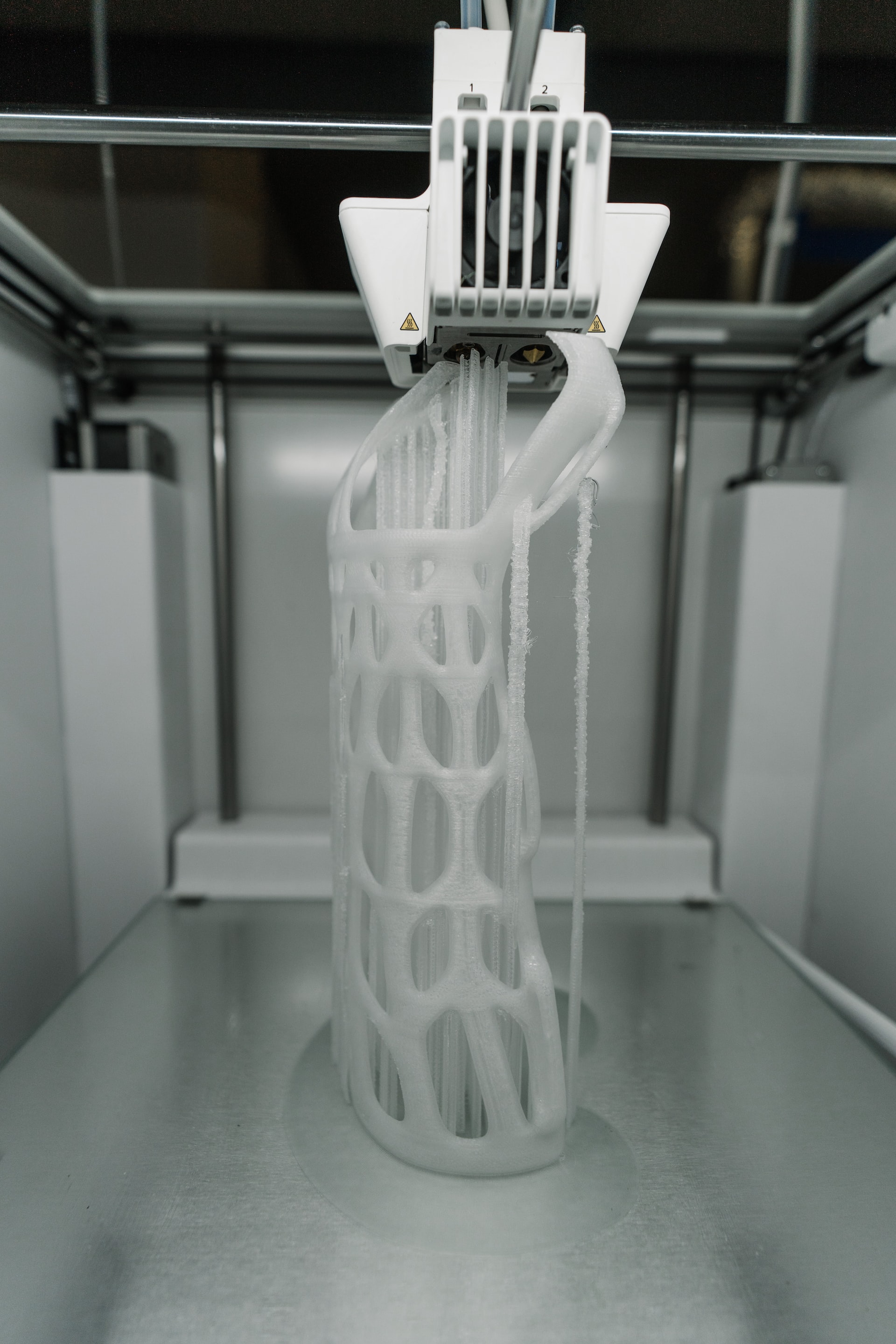Maximizing Your 3D Printing Potential: A Comprehensive Guide to Managing 3D Prints and Files with the Best 3D Printing Software




If you're new to 3D printing, the process of managing your prints and files can seem daunting. But don't worry - with a little organization, it's easy to keep track of everything. In this post, we'll show you how to manage your 3D prints and files so you can focus on the fun part - creating!
3DPrinterOS makes it easy for 3D printing enthusiasts to store their 3D print files on the cloud. With 3DPrinterOS, users can keep their 3D prints safe and secure in the cloud, and access them from anywhere. 3DPrinterOS is designed to make 3D printing easier and more accessible than ever, allowing users to seamlessly access 3D print files from any computer or device with an internet connection. By storing 3D print files on the cloud with 3DPrinterOS, users can rest assured that their 3D prints are secure and always accessible. Don't use SD cards or USB sticks as they are prone to loss or even theft. Not only that, but they could infect your computer with malware.
3DPrinterOS is a 3D printing software that can help make managing 3D print files easier. From organization and 3D model manipulation to 3D file sharing and 3D design collaboration, 3DPrinterOS makes it easy to work with 3D printing technology. With 3DPrinterOS, there's no need to worry about searching through previous iterations of 3D print files or losing information; the cloud-based technology helps you stay organized, tracking each file iteration in one convenient place. This software makes managing 3D print files smoother and simpler so that you don't have to worry about tedious paperwork or time-consuming organization. 3DPrinterOS is an efficient 3D printing tool for anyone looking for convenience and ease in their print production processes.
It pays to label any stl files that you don't need or use anymore as that can make them easier to find if you ever do decide to dig them up from the archives.
The label should accurately describe the file's contents, such as its date and purpose, so that your search is more efficient and successful. You may want to include why you don't like it, in the file name: for example, "Battery holder - only fits x brand". It's wise to keep those unused files around just in case you need them again at some point in the future. That way, you won't have to spend time trying to retrieve information or spend extra resources getting a copy of a digital file that may no longer exist elsewhere.
Labeling the 3D print files is an essential part of keeping track of successful models. After a complete print job, the 3D print file should be labeled using a consistent format so you start building your own parts catalog.
You might label each file with the date printed, the object name, and any other pertinent details like who designed it or what material was used.
If it is part of a series of similar objects, your format might be something like "05.07.2023 Widget Parts - Handles - Source Thingiverse - Final design by Jim" or something along those lines.
Or if you're running a 3D printing program at a K12 school, you might add levels of difficulty - easy, medium, challenging - right into the file name. In that same vein, you could name the file with particular features you're teaching: "03.31.24 Mousetrap Car Wheels and Axle - Bridging, Support."
Labeling your prints also makes it easier to filter through large collections, cutting down on sorting time so you can get right back to printing great designs. The search bar within 3DPrinterOS is there to be used...give it a workout.
So wrapping up. Storing your 3D print files on the cloud helps you manage space on your computer and makes it easier to access the files from anywhere, and software like 3DPrinterOS will help you keep track of each version or iteration of your design.

Learn more about 3DPrinterOS - the most trusted 3D printing management software for Higher Education, Enterprises and OEMs. Fill out this form to get in touch with our experts.
Manage the workflow and permissions for your users
Share files and 3D printers to groups of users
Control your 3D printer fleet through a browser
Cloud slicer and toolpath viewer
Book your personalized assessment now and get your free trial.